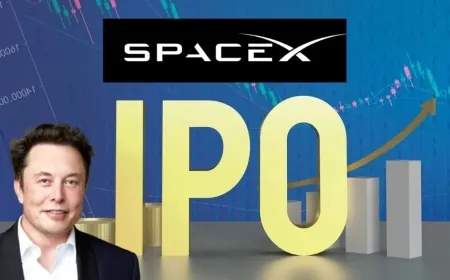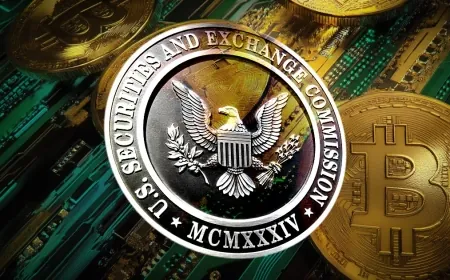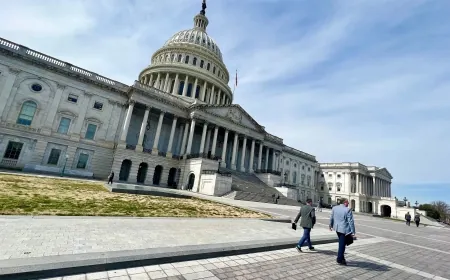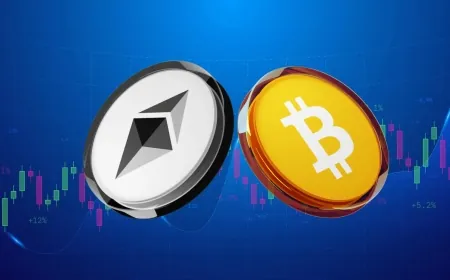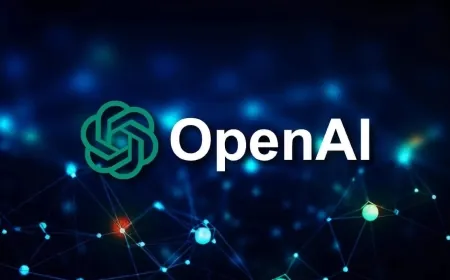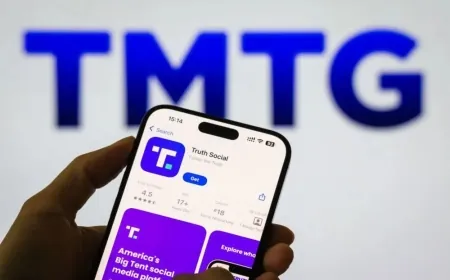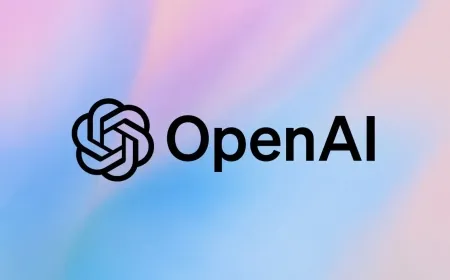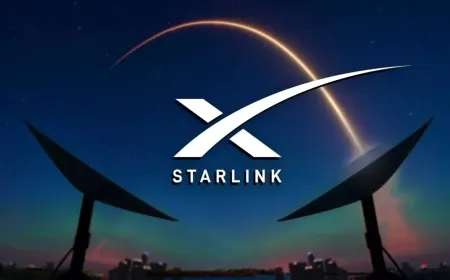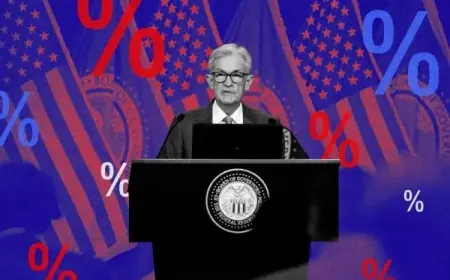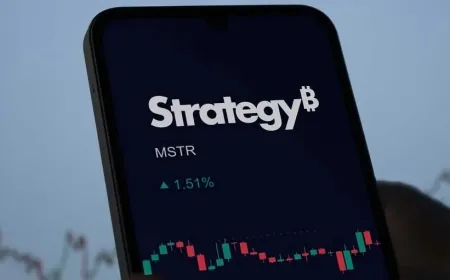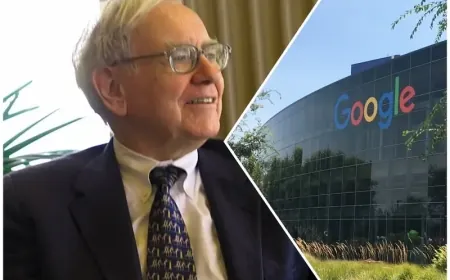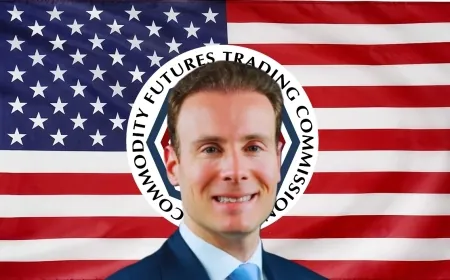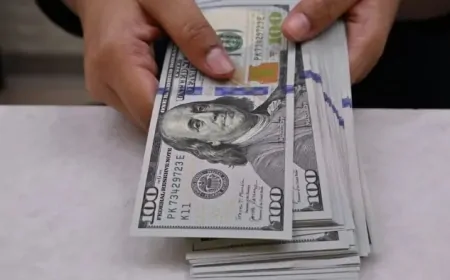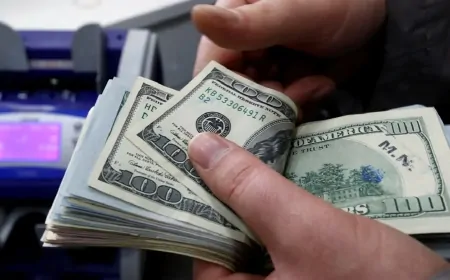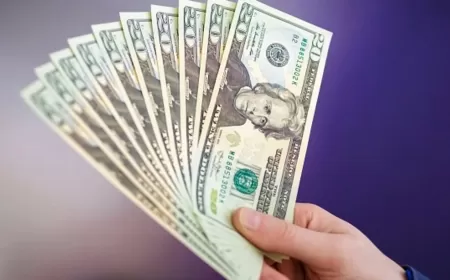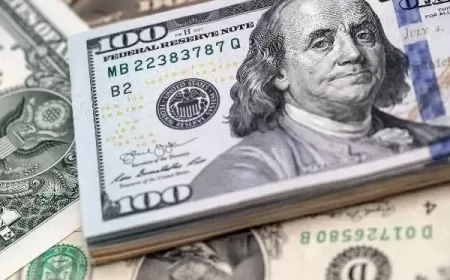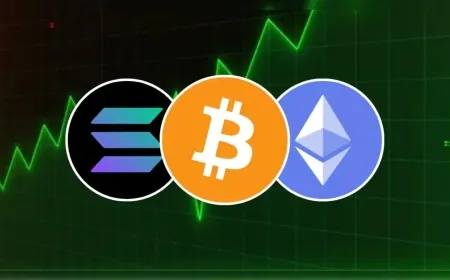Circle Stock Rises Fivefold After IPO, Bringing Stablecoins Into U.S. Financial System
USDC issuance reaches $61 billion as Circle applies for national bank charter, expanding stablecoin use in payments and regulation
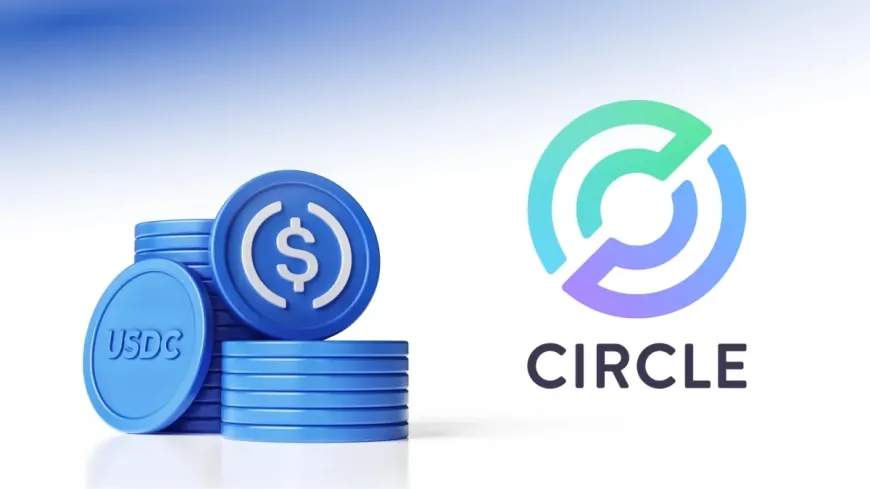
Circle’s explosive market entry has pushed stablecoins further into the financial mainstream. Since going public on June 5, the company’s stock (CRCL) has surged more than 500%. Backed by the rising use of its dollar-pegged USD Coin (USDC), Circle has issued over $61 billion in circulating supply, making USDC the second-largest stablecoin globally.
On June 30, Circle filed for a national trust bank charter with the U.S. government, aiming to operate as First National Digital Currency Bank, N.A. If approved, the institution would bridge blockchain-based digital currency with the traditional banking system.
Circle’s growth is the latest sign that dollar-backed stablecoins are being adopted beyond crypto markets—for payments, remittances, and financial operations that require fast, low-cost digital settlement.
What Makes a Stablecoin “Stable”
Stablecoins are digital tokens tied to real-world assets, usually a national currency such as the U.S. dollar. Unlike Bitcoin or Ethereum, their value stays relatively fixed. Traders, fintech platforms, and individuals use them to move money quickly without the volatility of other cryptocurrencies.
Some refer to these tokens as “digital dollars” because they offer familiar value and functionality but operate entirely on blockchain networks.
There are two main types:
-
Collateralized stablecoins are backed by reserves—cash, government bonds, or commodities. USDC and Tether (USDT), which dominate the market, promise 1:1 redemption for dollars held in reserve.
-
Algorithmic stablecoins use automated supply controls to target a fixed price. When demand rises or falls, the algorithm issues or destroys tokens to keep the price anchored.
The majority of today’s $253 billion stablecoin market consists of U.S. dollar-backed tokens.
Why Businesses and Individuals Are Using Stablecoins
Digital dollar tokens are already supporting payment networks worldwide. They settle faster than traditional banking methods and often cost less to send, especially across borders.
Unlike wire transfers, stablecoins move without banking intermediaries. A transaction between wallets can settle in under a minute—even on weekends—and offer full transaction transparency on the public blockchain.
In countries with unstable currencies, such as Argentina, stablecoins provide a more predictable way to store value. U.S. dollar-pegged tokens are often used to safeguard purchasing power in economies affected by inflation.
Zach Pandl, head of research at Grayscale, emphasized how cost and speed make stablecoins a functional alternative to legacy systems. “Global payment bodies have been working to cut down on transfer costs. This is the method already working for real users,” he said.
Stablecoins are also used for on-chain lending and borrowing. Some DeFi platforms offer annual returns of 5% to 20%, although U.S. regulators have blocked interest-bearing accounts on certain platforms. The SEC approved the first such product in February 2024, treating it as a regulated security.
Incidents That Exposed Systemic Risks
Reliability depends on transparency and proper reserve management. In 2019, New York regulators accused Tether and Bitfinex of misusing reserves to cover losses. The companies later admitted that Tether was, at one point, only 74% backed by cash or equivalents. After an $18.5 million settlement, Tether began publishing reserve breakdowns and shifted most holdings to U.S. Treasuries.
In 2022, the collapse of TerraUSD (UST) triggered a market-wide sell-off. The token used a supply-balancing mechanism tied to a companion coin, Luna. When $150 million in UST was removed from exchanges, investor confidence dropped. Within two weeks, UST fell from $1 to $0.05, wiping out $60 billion in value.
Ryan Clemens, a professor of business law, said that these tokens only function if people believe the system will work. “Confidence is the foundation. Once that breaks, the model collapses,” he said.
Janet Yellen, U.S. Treasury Secretary, warned during the Terra crash that payment systems using such tokens could threaten market integrity and consumer protection, especially if they’re managed by firms with dominant market control.
Stablecoins have also drawn scrutiny over illegal financial use. A 2024 report from the Financial Action Task Force highlighted a rise in the use of stablecoins for fraud, scams, and untraceable transactions. Nearly $51 billion in illicit blockchain activity last year involved stablecoins, including transfers tied to sanctioned groups.
Governments Respond with Rules, Not Bans
Instead of banning the technology, governments are moving to regulate stablecoin operations. In 2023, the European Union enforced new crypto regulations that require issuers to maintain full reserves and impose limits on stablecoin use in daily transactions.
In the U.S., the GENIUS Act passed the Senate on June 17, creating a federal framework for dollar-pegged tokens. The bill includes rules for full reserve backing, independent audits, and consumer protection for any issuer with a market cap above $50 billion.
Circle CEO Jeremy Allaire said he supports treating stablecoin issuers like banks. “Regulation will make this market safer and more scalable,” he said in an interview. “These products already support billions in daily activity.”
Visa began processing USDC transactions in 2021. PayPal launched its own stablecoin shortly after. These integrations indicate that payment giants see long-term utility in digital dollar tokens, not just as crypto instruments but as real-world tools for commerce.
Circle Seeks U.S. Bank License After $61B USDC Expansion
Circle’s market performance since its June IPO, alongside its application for a national trust bank charter, reflects a shift in how stablecoin issuers operate within regulated finance. The company now oversees more than $61 billion in USDC circulation, trailing only Tether in total stablecoin supply.
At the same time, lawmakers in the U.S. and Europe are advancing legislation that sets formal standards for reserves, audits, and transaction limits. These developments follow a history of market failures, including the Terra collapse and Tether’s legal settlement, that brought stablecoin risks into focus.
Stablecoins are being used for payments, lending, and currency protection in high-inflation regions—yet remain under scrutiny for regulatory gaps and misuse in illicit finance. Circle’s public listing and pursuit of a federal charter place it at the center of those intersecting issues, where oversight, adoption, and accountability now converge.
Also Read: Stablecoin Market Surpasses $205 Billion and Gears Up for Mainstream Adoption
|
Follow iShook on Social Media for More Tips and Updates! |





